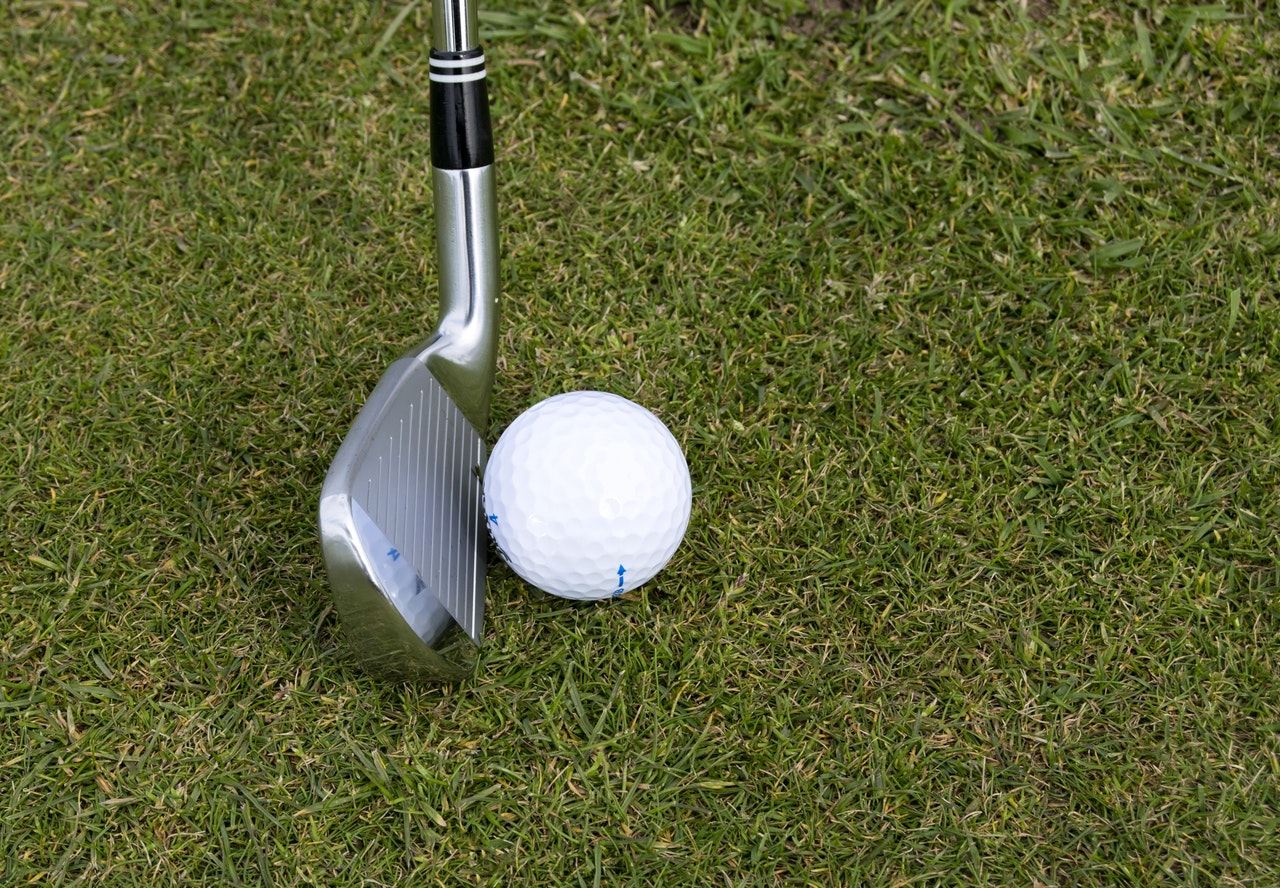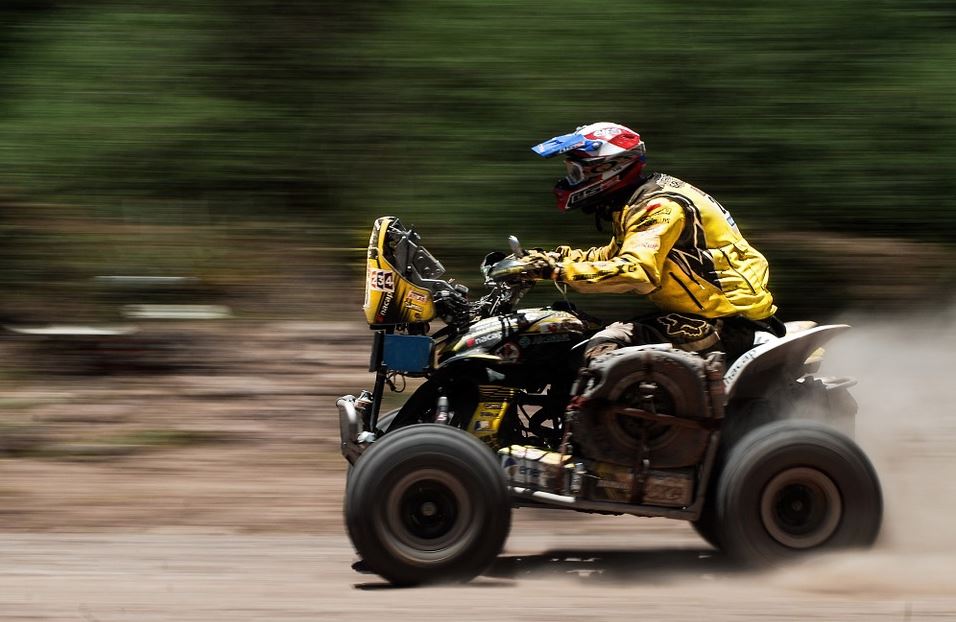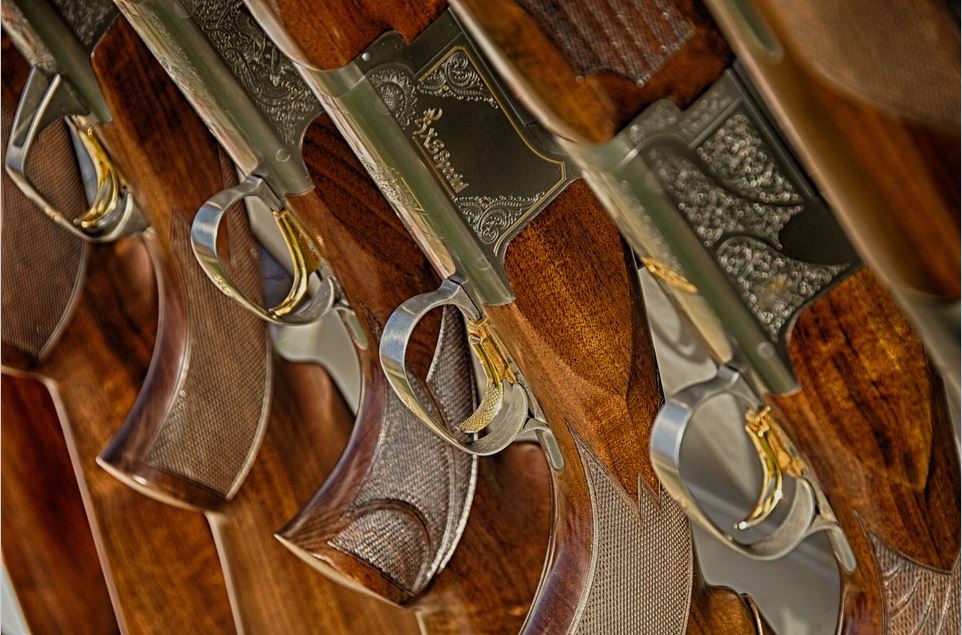Running Shoe Buying Advice – Avoiding Over Pronating
Finding the right pair of running shoes can be difficult with so many choices available. Obviously the shape of your feet matters, but when staring at a wall of options what is the most important thing to look at? Well if I were to generalise and go on the assumption that 50% of people have narrow feet and 50% are broad footed then I would probably recommend something like this;
If you have a wider foot you’re going to be looking at Asics, Mizuno, and Saucony. For feet that run narrow all the way through you should be looking at Nike, New Balance, and Brooks.
That of course is a over generalisation, one which may make you prone to over pronating. ‘Pronate’ is a word banded around a lot in running. Circles, but what does it mean?
Pronate is the name given to the way the foot rolls from heel to toe when striking the ground. Most people, in fact over 90% of the population, over-pronate and need a shoe with extra stability to overcome that.
Can over-pronation cause injury?
It can, but with the right kind of show we can deal with out pronation issues, because we all have over pronation issues of some sort. There are three kinds of shoes – stability, neutral, and motion control. Stability has the support in the midsole of the shoe and looking you should see the color gray signifying a denser material used there. Neutral offers no support of any kind. Motion control offers the most support and generally features a thicker sole throughout. Another thing to look at is the covering on top. A good mesh covering will keep your feet dry and blister free.
Getting Inside a Good Running Shoe
Inside any good running shoe is an insert. Don’t be fooled by observing the insert and deciding you need more support. The insert that came with the shoe is the best insert for that shoe.
Selecting The Right Size Shoe
Although a runner may know their shoe size we always want to get them sized up for each pair of shoes. Feet change over time and for this reason you should always go half a size up.
The reason for this is that ideally you really want to give the foot space to expand; we do not want the foot to be touching the front. That prevents the foot getting blisters. When lacing the shoes we don’t want it tight, we want to hatch it just until the laces come through giving the sides of the foot room to expand. We don’t want hot spots which could cause blisters or for the shoe to be slipping off in any way. You should always check to make sure there is pace in the toe.
Finding the right running shoe is an investment but its’ worth it so you definitely want to splurge on something with the right support regardless of color, style, or brand.
Attached Images:
- License: Creative Commons image source
James Brandon has been long distance running since he was 17 and hopes to one day win the London Marathon.
Image credit: Chris Hunkeler (Licened under Creative Commons)





